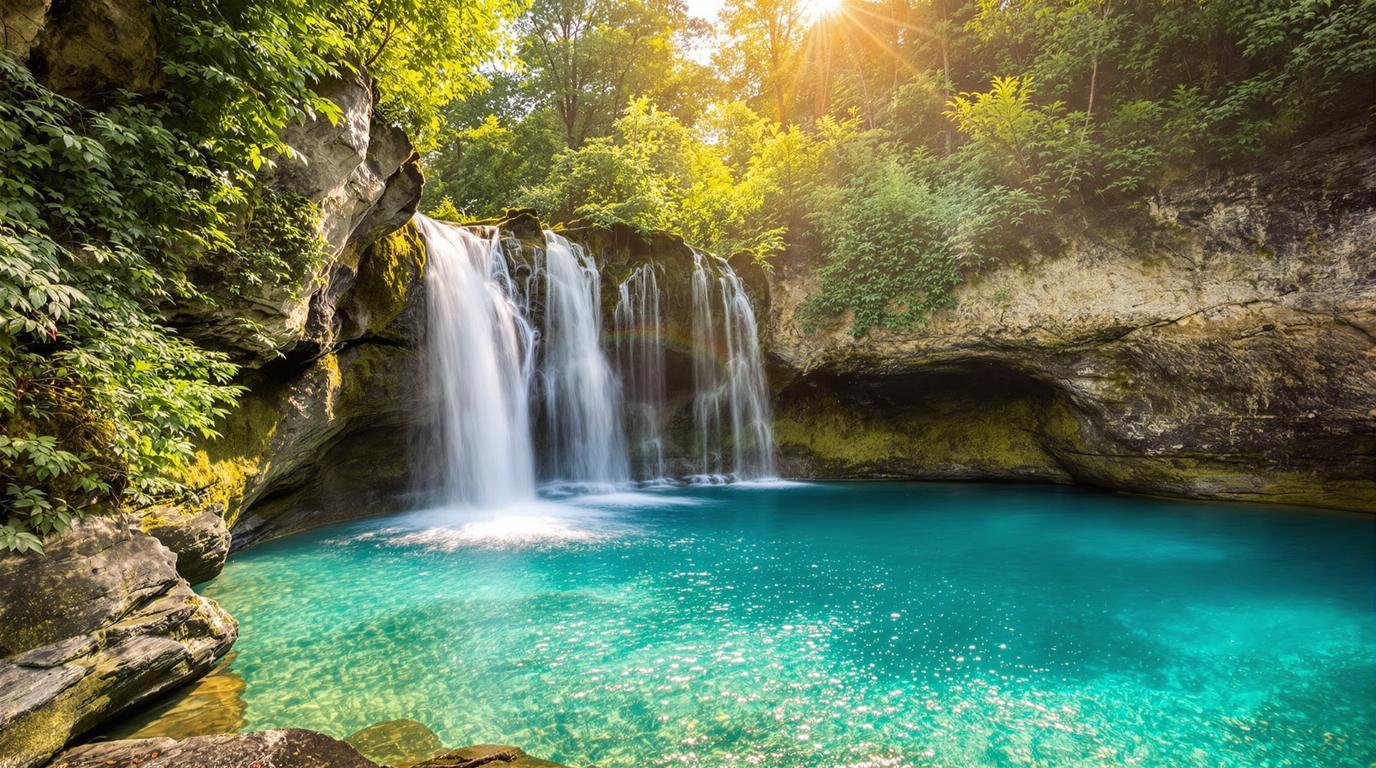The moment you arrive in Berga, you sense something different about this mountain town just 1.5 hours from Barcelona. While millions of tourists crowd into Spain’s famous coastal resorts and major cities, this hidden Catalan gem remains remarkably authentic. In Berga, locals still outnumber visitors by a significant margin, creating one of the most genuine Spanish experiences you can have in 2024.
A balcony over Catalonia that rivals Europe’s most spectacular viewpoints
Berga’s crown jewel is undoubtedly the Sanctuary of Queralt, perched dramatically atop a mountain and offering panoramic views that locals proudly call “the balcony of Catalonia.” The vista rivals even France’s magnificent Verdon Gorge, though with far fewer tourists jostling for the perfect photo spot.
A 2,200-year-old town with Hannibal’s fingerprints
Few visitors realize that Berga’s history stretches back to the Iberian Bergistani tribe and was later subdued by none other than Hannibal himself in 218 BC. The town’s medieval core has preserved much of its character through the centuries, unlike other European cities that had to rebuild after destruction.
“In Berga, we don’t just preserve our history—we live it every day through our festivals and traditions,” explains Maria Roca, a local historian who leads walking tours through the old town.
The UNESCO-recognized festival that transforms the entire town
La Patum, Berga’s extraordinary festival held during Corpus Christi, represents Catalan culture at its most authentic and explosive. This UNESCO-recognized celebration transforms the town’s main square into a whirling mass of fire, music, and giant papier-mâché figures.
“When the ‘Guita’ fire-breathing mule character charges through the crowd, even visitors from the busiest cities in the world feel something primal and powerful,” says Josep Tomàs, a lifelong Patum participant.
The horror escape room that’s redefining mountain town entertainment
Surprisingly, this traditional town hosts Spain’s first horror-themed escape room. Insomnia Corporation offers a thoroughly modern contrast to Berga’s medieval architecture and provides an unexpected indoor activity when the weather doesn’t cooperate.
Alpaca encounters in the Catalan countryside
Just outside town, Merolla Berguedà farm offers delightful encounters with alpacas against the stunning backdrop of the Pyrenees foothills. It’s a family-friendly experience that reveals the region’s commitment to sustainable rural tourism.
A culinary scene that punches above its weight
For a small mountain town, Berga boasts an impressive food scene. Restaurant Terra holds a coveted Michelin star, while traditional spots like Cal Travé serve authentic Catalan cuisine that rivals what you’d find in Barcelona, but at more reasonable prices.
The perfect base for Pyrenees exploration
While some natural destinations require complex logistics, Berga makes accessing the Catalan Pyrenees remarkably straightforward. Hikers and cyclists use the town as a launching point for adventures to abandoned villages like Rasos de Peguera, perched at 1,600 meters altitude.
When coins won’t guarantee your return
Unlike Rome’s Trevi Fountain where tossing coins supposedly ensures a return, Berga offers no such easy guarantees. Instead, locals insist that once you’ve experienced their unique blend of history, nature, and authentic culture, you’ll find your own reasons to return.
The Japanese connection you’d never expect
While nothing like Kyoto’s golden temples, Berga has developed a surprising connection with Japan through cultural exchanges centered around fire festivals. Several Japanese delegations have visited to study La Patum’s fire traditions, creating an unexpected bridge between these distant cultures.
In Berga, you’ll discover a Spain that exists beyond the glossy travel brochures—a place where centuries-old traditions remain vibrantly alive, where nature and culture intertwine seamlessly, and where visitors can still feel like they’ve discovered something authentic in an increasingly homogenized travel landscape. This Catalan mountain town won’t remain under the radar forever.
